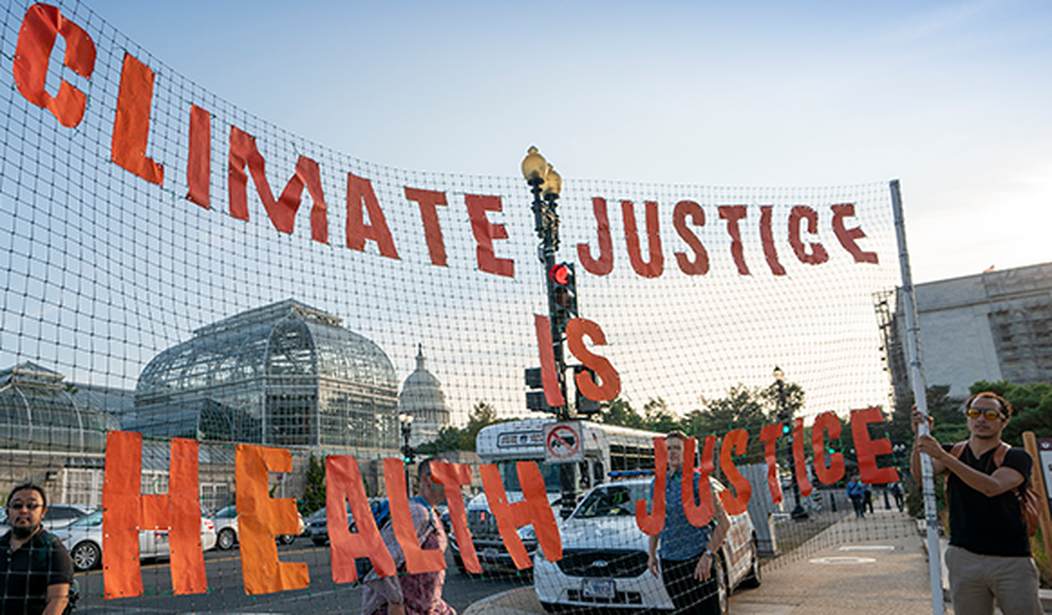It’s hot out there.
Yeah, it’s summer and summer is typically hot, but it has been hotter than usual this summer across much of the globe.
Hundreds, if not thousands, of local daily temperature records around the world have been set during the present heatwave, which, in some locations, has persisted for an extended period of time. The heatwaves are real. I say heatwaves because it is not a single global heatwave but a series of regional ones.
For progressive bloviating politicians and alarmed reporters in mainstream media the cause of the present hot weather is simple: climate change. As H. L. Mencken once said, “[f]or every complex problem there is an answer that is clear, simple, and wrong.”
Climate change is a long-term phenomenon, driven by a combination of numerous factors at different locations during different eras. A single year’s spike in heatwaves is not evidence of long-term climate change; a steadily increasing trend in heatwaves would be, but that’s not what the evidence shows. Instead, data show that the warming of the past 150 to 170 years has not produced a trend of increasing heatwaves. As a result, the modest recent rise in global temperatures serves as a backdrop or baseline for the recent heatwave; it is not its cause.
It turns out a confluence of overlapping weather and meteorological events account for the pattern of persistent heatwaves in many locations.
One event contributing to a global rise in temperatures this year is the Hunga Tonga-Hunga Haʻapai volcanic eruption. Water vapor makes up 98 percent or more of the greenhouse gases in the atmosphere, and the subsea Hunga Tonga-Hunga Haʻapai eruption added an additional 10 to 13 percent to atmospheric water vapor. Scientists from NASA and the European Space Agency agree that this huge addition to the dominant atmospheric greenhouse gas is contributing significantly to this years’ temperatures.
Recommended
In addition, El Niño is back, and it’s a strong one. Before the summer heatwave struck and the mainstream media focused on climate change as the reason behind it to the exclusion of almost every other factor, the media was warning that with the shift from La Niña to El Niño, hotter temperatures would result.
"Essentially, the atmosphere borrows heat out of the Pacific, and global temperatures increase slightly. This happened in 2016, the time of the last strong El Niño," commentary from The Conversation noted. "Global temperatures increased by about 0.25 F (0.14 C) on average, making 2016 the warmest year on record. A weak El Niño also occurred in 2019-2020, contributing to 2020 becoming the world’s second-warmest year."
The Heartland Institute and other groups held a press briefing in early July when the El Niño was officially declared, warning that as summer heated up, the mainstream media would largely begin to ignore El Niño’s role in present temperatures, focusing instead on climate change. Our concerns proved prescient. As heatwaves began setting local records, discussions of El Niño’s role disappeared.
One little discussed factor affecting this summer’s temperatures is the increasingly active sun. After a period of relative quiescence with little solar activity, the sun has become active again. An active sun has a direct, if modest, effect on the Earth’s temperatures.
Regionally, a variety of entirely natural weather patterns have also contributed to warming.
Across parts of the western and southeastern United States, and in southern and central Europe, heat domes or “blocking patterns” formed and persisted. As CNN described the situation, “an enormous, relentless stubborn ridge of high pressure has trapped air inside in a ‘heat dome’ resulting in extreme temperatures as the dome parks itself over areas.”
The blocking patterns in Europe trapped a heat dome there as it did in the western United States. In addition, in early July, the jet stream shifted. These two meteorological events combined to deliver colder than average, even fall like temperatures, in northern Europe and across the United Kingdom in July and into August, while locking-in, for an extended period of time, extreme summer temperatures in a large swath of southern European nations abutting or near the Mediterranean Sea.
Another factor contributing to hotter than average temperatures this summer is changes in the ocean circulation patterns in the North Atlantic. As Judith Curry, Ph.D., and Jim Johnstone note, it seems that sea surface temperatures in the North Atlantic are unusually high this summer, due to significant changes in the North Atlantic Oscillation and weak surface winds. The resulting increase in Atlantic Ocean temperatures has been hyped in the media, but wrongly attributed to long-term climate change rather than localized, natural weather anomalies.
Fossil fuel use does not cause volcanic eruptions, oceanic and wind current shifts, or changes in solar activity, thus their use can’t be blamed for this summer’s heatwaves.
H. Sterling Burnett, Ph.D., (hsburnett@heartland.org) is the Director of the Arthur B. Robinson Center on Climate and Environmental Policy at the Heartland Institute, a non-partisan, non-profit research organization based in Arlington Heights, Illinois.

























Join the conversation as a VIP Member